Deck & Commander Strategies

Vivi Ornitier
A blue-red tempo and burn deck aiming to leverage powerful spells, card draw, and efficient creatures to control the board and deal damage quickly.

Noctis, Prince of Lucis
A ramp and control strategy focusing on artifact synergies and mana acceleration to cast impactful spells and maintain board control.
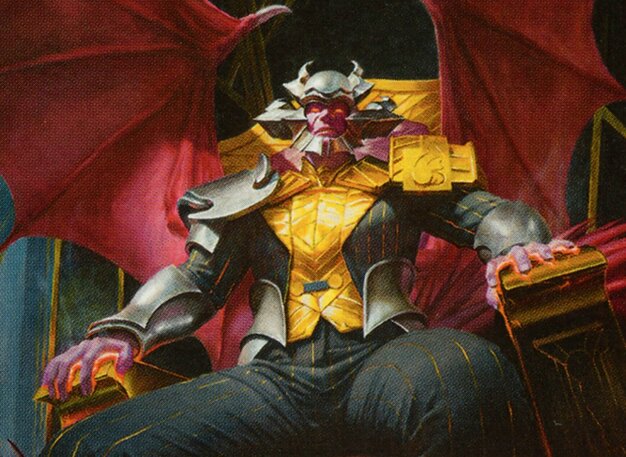
Ob Nixilis, Captive Kingpin
A midrange deck utilizing reanimation effects and life drain triggers to create incremental advantage and pressure opponents while denying their resources.
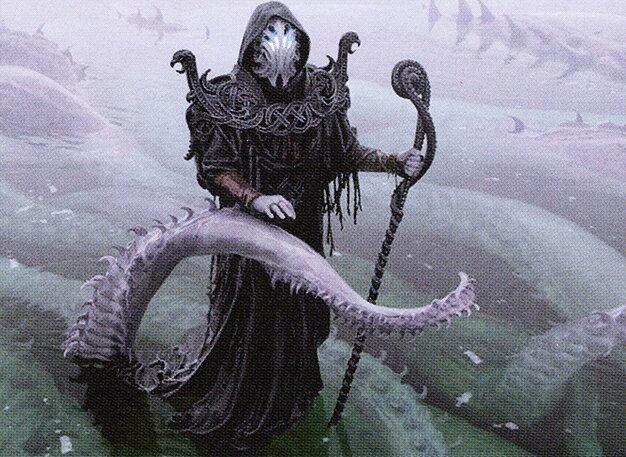
Orvar, the All-Form
A combo-oriented deck that leverages instant and sorcery spells with Polymorph effects to cheat powerful creatures into play and disrupt opponents.
Gameplay Insights
- 1
Players prioritized holding interaction for key threats, often passing with spells held back to respond optimally to opponents' plays.
- 2
The use of bounce spells like Chain of Vapor on key permanents created repeated tempo swings and forced opponents to replay threats.
- 3
Mystic Remora and other taxing effects were pivotal in controlling the flow of spells and maintaining card advantage.
- 4
Strategic sequencing of reanimation triggers and damage effects maximized incremental advantages over multiple phases.
- 5
Players skillfully managed their mana and resources to keep spells uncounterable or to protect key spells with mental missteps and counters.
- 6
The game featured high-level stack interactions, where players responded to triggers and spells in complex chains, showcasing advanced knowledge of timing.
Notable Cards
-
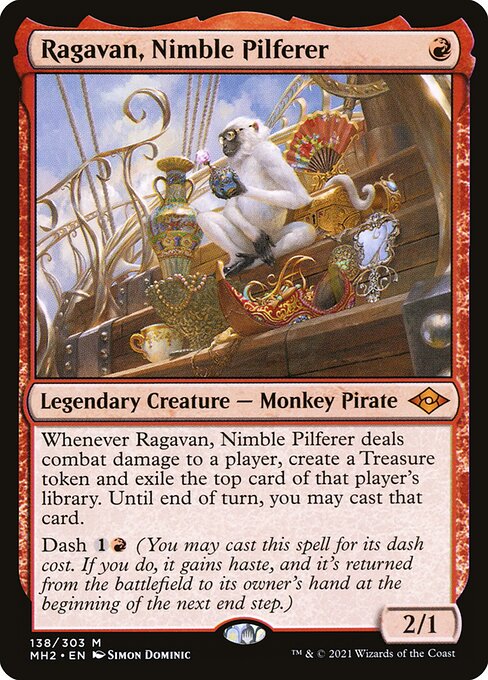
Ragavan, Nimble Pilferer
-
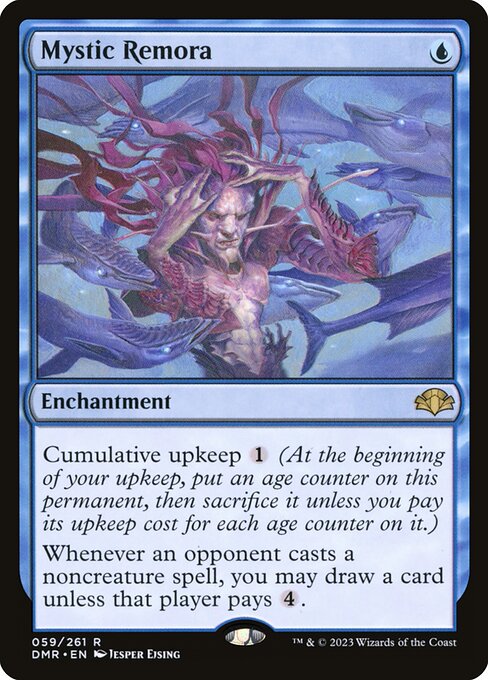
Mystic Remora
-
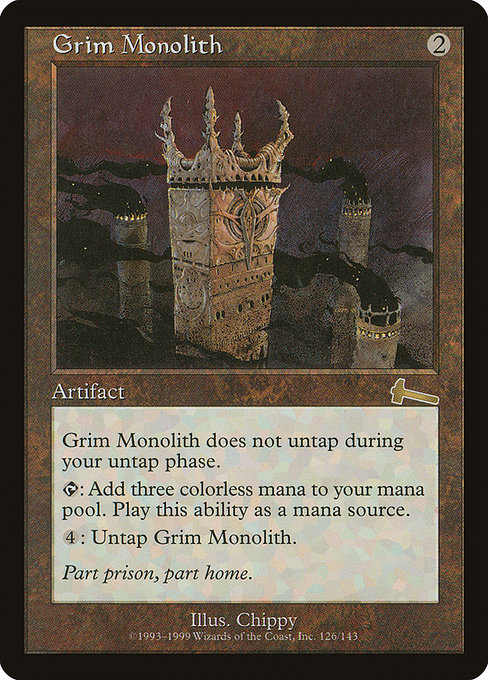
Grim Monolith
-
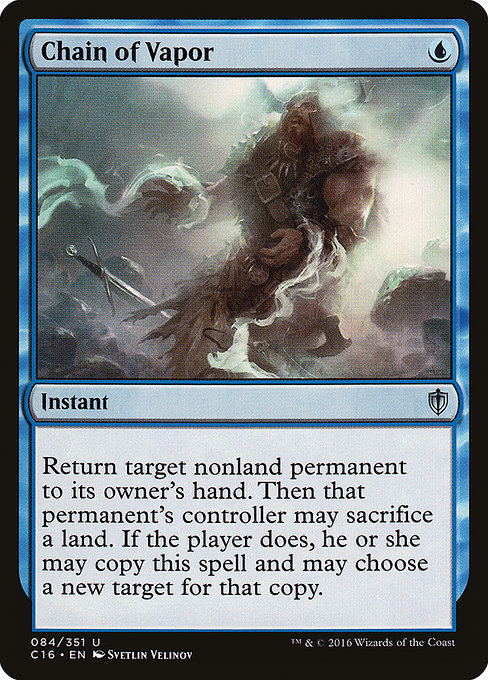
Chain of Vapor
-
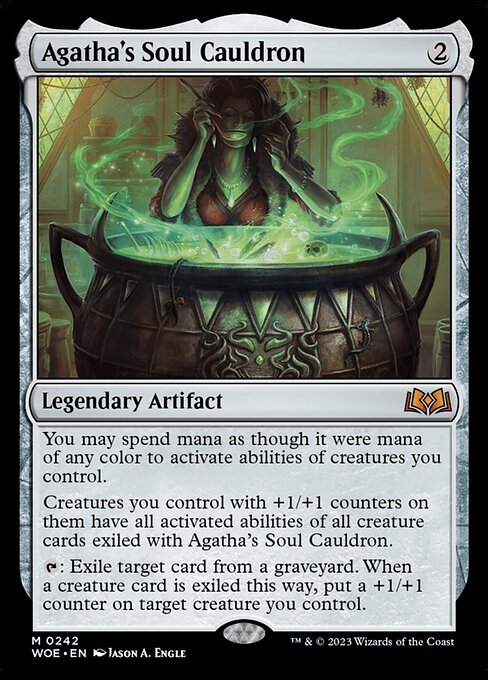
Agatha's Soul Cauldron
-

Deflecting Swat
-

Demonic Tutor
-
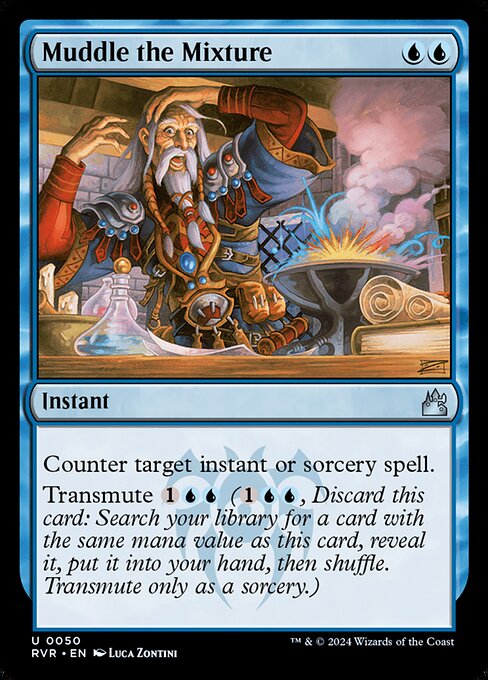
Muddle the Mixture
Gameplay Summary
The game started with a typical fast-paced cEDH setup, featuring powerful mana acceleration and early plays such as Ragavan and various mana rocks.
The four players, each piloting highly interactive decks, quickly engaged in intricate stack battles, leveraging instant-speed spells and key interactions to disrupt opponents' plans.
Early exchanges involved bounce effects like Chain of Vapor, and strategic resource management including the use of Soul Ring, Grim Monolith, and Mystic Remora to generate and protect card advantage. A notable turning point came when Ob Nixilis and Orvar players began establishing board presence with creatures like Poliwog Prodigy and leveraging reanimation effects such as Agatha's Soul Cauldron.
The game featured multiple spells and counters exchanged at critical moments, including Mystic and Force of Will effects, with players carefully managing their hand resources and interaction to maintain tempo.
The Vivy player attempted to establish dominance with key creatures and burn spells, but was met with consistent disruption from opponents. Throughout the match, the players demonstrated high-level sequencing and awareness of each other’s win conditions, leading to a complex web of counterplay and recursion.
The game maintained tension with repeated use of tutors, bounce spells, and reanimation, culminating in a state where the board was heavily contested and the outcome hinged on the next pivotal spell or interaction.
The focus on instant-speed interaction and managing threats made the gameplay a showcase of intricate cEDH dynamics and stack management.






























